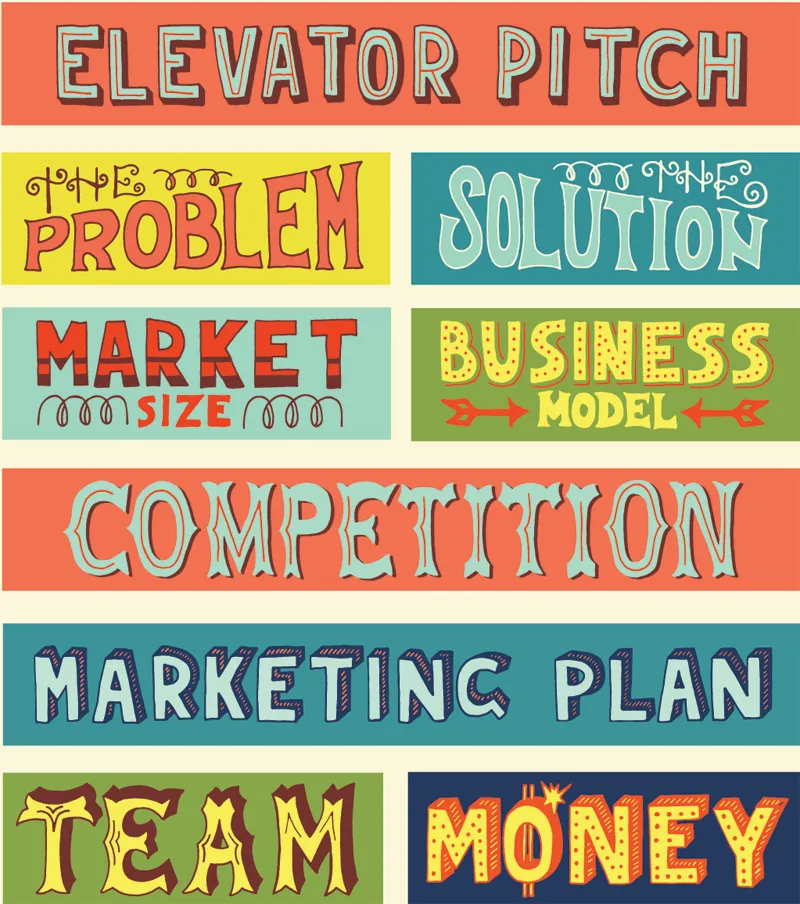Pitch without a hitch: 10 startup tips from StartEdu 2016
Product-market fit and customer development are some of the first stages of the startup journey – in subsequent stages, founders need to prepare compelling pitches of their offerings. These pitches will need to be made to prospective investors as well as to new recruits, media, analysts, business partners, and even to oneself.

Image : Shutterstock
Personal and career stories fortify the startup pitch (see the YourStory Storytelling Canvas for example), and founders will need to prepare multiple versions of their pitch for different audiences.
“A pitch is an act of persuasion; a way to prove yourself. Your pitch should tell the story of your startup,” said Radha Kizhanattam, Principal at Unitus Seed Fund. She was speaking at the recent StartEdu 2016 bootcamp organised in Bengaluru by Unitus, Sylvant and TiE Bangalore (see my earlier article on 10 launch tips, and coverage of the first and second EduThon 2015 events).
1. Step I: The problem
“Sell the problem first; convince your audience that it is worth solving,” said Radha. The Indian education sector is a great space to work in, given the sheer number of institutions, the youth boom and the seemingly innumerable problems to solve. But the overall numbers are common knowledge – what is the unique qualitative insight you have within this sector? What is the urgent (or at least important) problem to which you are devoting your life?
2. Uniqueness
Not all startup journeys are the same, so it helps to emphasise what is unique about you. That could be the technology you have developed, the rock star team you have assembled, the unique vision of the founders, or the impressive traction you have already got.
Can your solution ride on a mobile app? Does your team have ace techies, educational experts or a former dean on the advisory board? Do you already have lots of users but need to find a suitable pricing point? Emphasise these unique achievements so they really stand out.
3. Language
It is tempting for entrepreneurs to ‘show they know’ by throwing in lots of jargon – but investors have heard it all before. “Avoid buzzwords; explain everything very simply,” said Radha. Copywriter Keith Lewis jokingly calls this ‘inkhorning’ (exaggerated use of terms instead of simplicity).
4. Design
The pitch deck should be clean and visually appealing. Radha cited principles like Guy Kawasaki’s 30 -20 -10 rule: use no more than 10 slides for a 20-minute presentation, with 30 pt font. Infographics, photographs of end users engaged with the product, and charts of growth and market size help as well, but should not distract from the main story. A demo is also a plus in the case of software/hardware products.
5. Time management
Rehearse, rehearse, rehearse. Founders often get so excited with their story that they never finish within the allotted pitch time; or they speak too fast (which is often a problem when Indians speak to foreign audiences!).
A general rule of thumb is to not have more than one slide per minute of pitch. Otherwise, if there are too many slides, the audience is busy reading the slides rather than listening to the speaker.
6. Pitching without slides
The proverbial technical glitches (or frequent power outages in India!) often mean that the founder needs to speak without slides – so they must be prepared to give the ‘non-slide pitch’ as well. This also applies to pitching during networking over cocktails, or pitching to a potential investor or customer whom you may suddenly bump into at the airport or in a hotel.
7. Statistics - and stories
Facts, charts, numbers and trends are only part of the pitch – the founder story is as important. The story of problem discovery, personal voyage (for example, insights in the college stage or post-corporate world), and end-user transformation can make for compelling narratives.
See for example my coverage of the six types of storytelling from the book review of Whoever Tells the Best Story Wins by Annette Simmons, and the treasure trove of founder stories on the YourStory website.
8. A series of pitches
The first pitch (to an investor or B2B customer) can involve the basic 10-slide deck. But for subsequent pitches, more detailed slides will be needed. These can cover partnership agreements, product roadmap, and operational details.
9. Understand investor needs
Investors will fund a well-rounded startup team if they are sufficiently convinced that the idea is unique and the offering effectively solves a large and important problem – backed up with a profit model and evidence of traction. Most investors are looking for rapid scale, so if your space is more linear in nature be prepared for tough questions.
Some investors will prefer that the founders are all working full-time on the problem, or that they have already graduated from college – find out what they want, and be prepared to come up with an even more compelling pitch if you don’t meet these initial criteria.

10. Learn from good – and bad - pitches
A number of good pitch examples were shared at the bootcamp, such as those by AirBnB, MOZ, Buffer and FourSquare. (See also my slide curation from the photo essay ‘How to make a great startup pitch’.)
For instance, the AirBnB deck includes an opening slide, problem statement, solution, market validation (listings on other sites), market size, product, business model (commission), market adoption (events, partnerships, marketing), competitive position, competitive advantages, team composition, media coverage, and customer testimonials.
For more such examples and discussion, check out the StartEdu bootcamp’s next editions in Chennai, Mumbai and Delhi. “In the earlier editions, there was limited to no feedback to over 200 of 250 startups. The bootcamp is an effort for entrepreneurship development even if they don't make it to the final shortlist,” said Gaurav Singh, Co-founder of Sylvant.
“The previous three StartEdu editions put together saw close to 250 applications. The 2016 edition alone has nearly 250 applications. This shows the vigour of entrepreneurship in the education sector,” said Gaurav.
With razor-sharp focus on the problem and continual refinement of pitch techniques, committed founders will eventually find the right path to success among customers, investors and employees.







